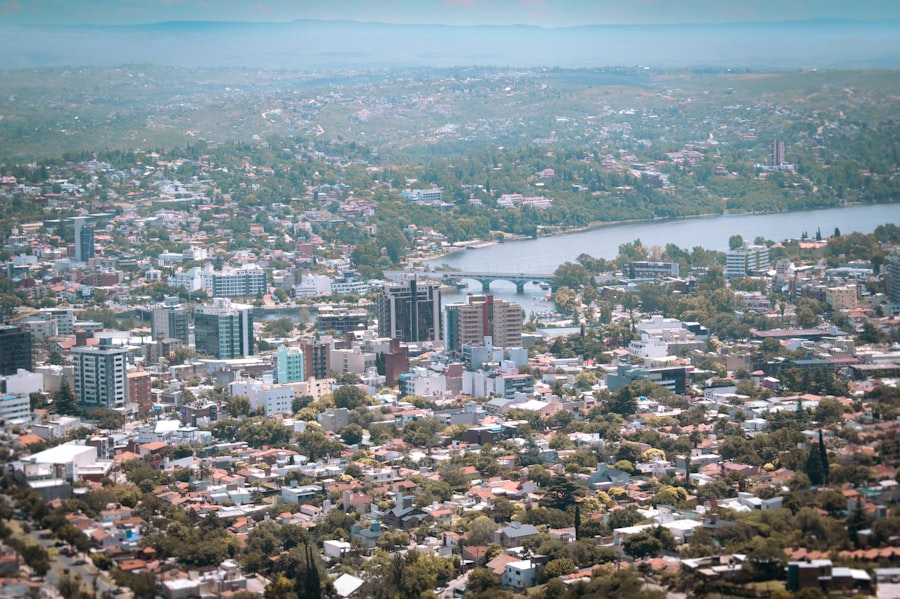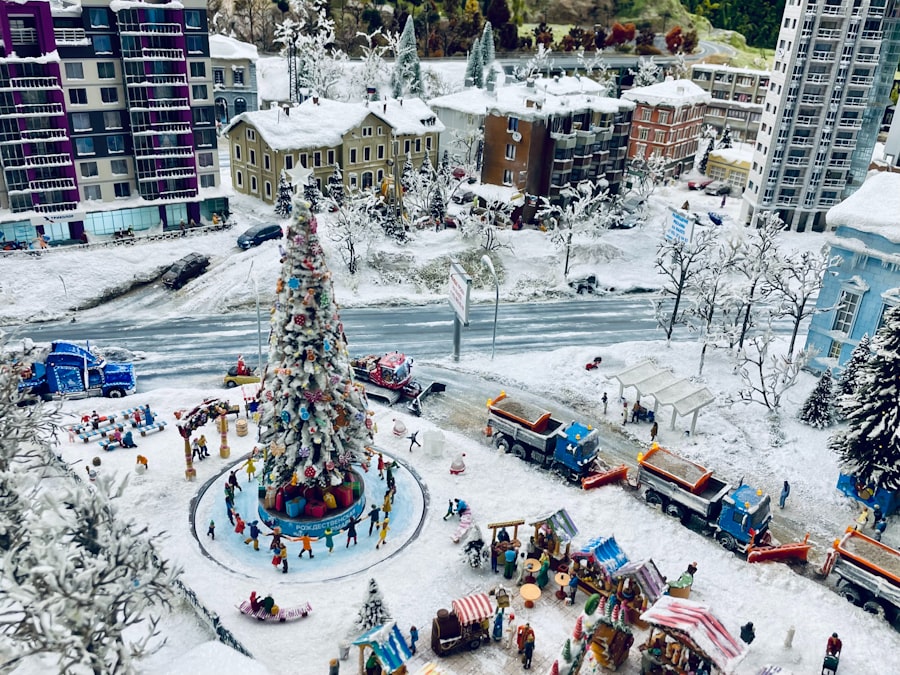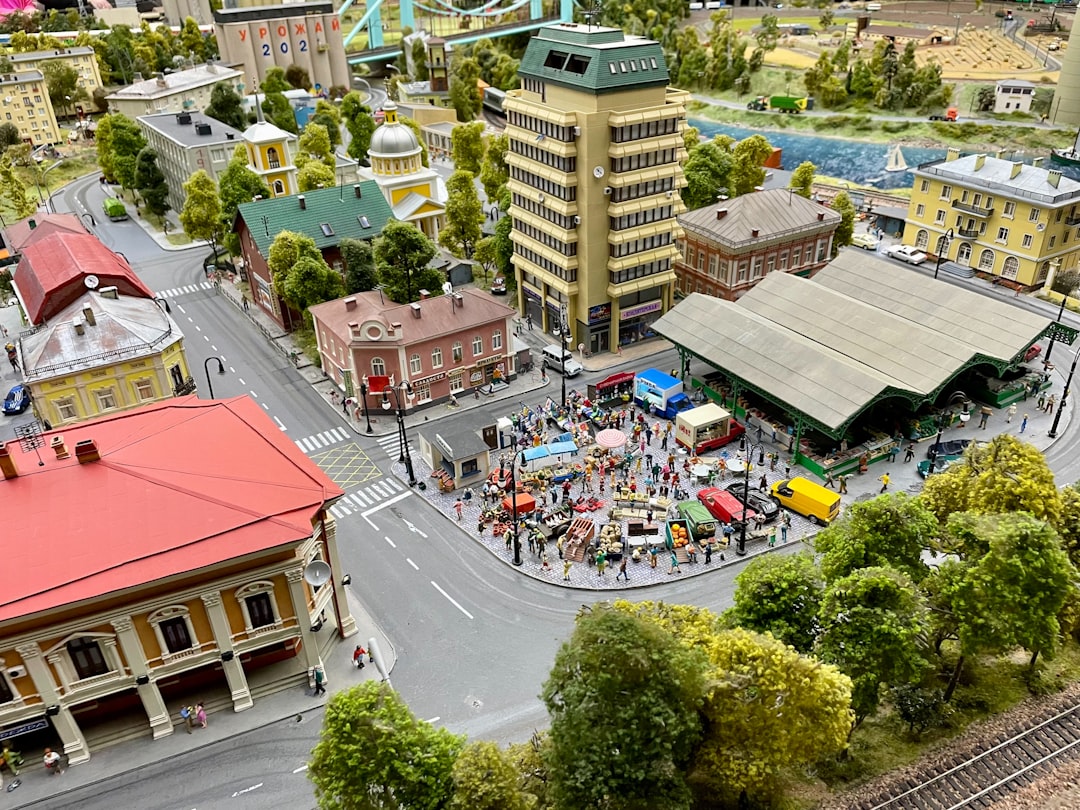Miniature sets have long captivated audiences, serving as a bridge between imagination and reality. These intricate models, often painstakingly crafted, allow filmmakers to create worlds that are both fantastical and believable. When you think of the grandiose landscapes of epic films or the towering monsters that roam them, it’s easy to overlook the artistry that goes into constructing these miniature environments.
Yet, these sets are not merely tools; they are vital components that breathe life into stories, enabling you to immerse yourself in the narrative fully. As you delve into the world of miniature sets, you’ll discover a rich history intertwined with the evolution of cinema itself. From the early days of silent films to the modern blockbusters of today, miniature sets have played a crucial role in visual storytelling.
They allow filmmakers to push the boundaries of creativity, crafting scenes that would be impossible or prohibitively expensive to achieve with full-scale sets. In this exploration, you will uncover the artistry, techniques, and challenges that define miniature set design, particularly in iconic franchises like Godzilla.
Key Takeaways
- Miniature sets are small-scale replicas of real-life environments used in filmmaking to create realistic scenes.
- The art of miniature set design involves meticulous attention to detail and creativity to bring the tiny worlds to life.
- Classic Godzilla films used intricate miniature sets to depict the destruction caused by the iconic monster, showcasing the behind-the-scenes magic of filmmaking.
- Techniques for creating realistic miniature sets include forced perspective, matte painting, and the use of practical effects to enhance the illusion of scale.
- Miniature set challenges, such as creating natural-looking landscapes and integrating live-action footage, are overcome with innovative solutions in filmmaking.
The Art of Miniature Set Design
Creating a Believable Environment
The goal of miniature set design is to create a believable environment that enhances the story while maintaining a sense of wonder and awe. To achieve this, designers must consider various elements, from scale and proportion to texture and lighting. Experimenting with different materials, such as foam for mountains or resin for water effects, is often necessary to achieve the desired look.
The Power of Color
The color palette plays a crucial role in miniature set design, as it can evoke emotions and set the tone for a scene. The right colors can transport viewers into the narrative, making the experience more immersive and engaging.
Crafting an Immersive Experience
Ultimately, miniature sets are not just about creating a backdrop; they are about crafting an experience that draws viewers into the narrative. The artistry involved in this process is what makes miniature sets so enchanting and memorable. By paying attention to every detail, miniature set designers can create a world that captivates audiences and leaves a lasting impression.
Behind the Scenes of Classic Godzilla Films

When you think of Godzilla, images of towering monsters wreaking havoc on cities often come to mind. However, behind these iconic scenes lies a world of creativity and craftsmanship that is often overlooked. The classic Godzilla films relied heavily on miniature sets to bring their fantastical stories to life.
As you explore this behind-the-scenes magic, you’ll gain a deeper appreciation for the artistry involved in creating these cinematic masterpieces. In the early Godzilla films, filmmakers faced numerous challenges in depicting destruction on a grand scale. Miniature sets allowed them to create elaborate cityscapes that could be easily manipulated for dramatic effect.
You might be surprised to learn that entire neighborhoods were constructed at a fraction of the cost of building full-scale sets. This not only saved money but also provided filmmakers with the flexibility to shoot multiple takes without significant logistical hurdles. The result was a series of films that captured the imagination of audiences worldwide while showcasing the ingenuity of miniature set design.
Techniques for Creating Realistic Miniature Sets
| Technique | Description |
|---|---|
| Forced Perspective | A technique that creates the illusion of depth by placing objects at different distances from the camera. |
| Use of Scale Models | Creating small-scale replicas of real-life objects to use in the miniature set. |
| Detailing and Weathering | Adding realistic wear and tear, dirt, and grime to the miniature set to make it look more authentic. |
| Lighting and Shadows | Using strategic lighting to create realistic shadows and highlights in the miniature set. |
| Texturing and Materials | Using a variety of materials and textures to add depth and realism to the miniature set. |
Creating realistic miniature sets involves a combination of traditional craftsmanship and modern technology. As you embark on this journey, you’ll discover various techniques that can elevate your designs from simple models to breathtaking environments. One fundamental technique is the use of forced perspective, which tricks the viewer’s eye into perceiving depth and scale in a way that enhances realism.
By carefully positioning elements within your set, you can create the illusion of vast landscapes or towering structures. Another essential technique is texturing. You’ll find that adding layers of detail—such as weathering effects on buildings or realistic foliage—can significantly enhance the believability of your miniature set.
Techniques like dry brushing and airbrushing can help achieve these effects, allowing you to create surfaces that look worn and lived-in. Additionally, incorporating lighting effects can dramatically change the mood of your scene, making it feel more dynamic and engaging. As you experiment with these techniques, you’ll find that each choice contributes to the overall impact of your miniature set.
Miniature Set Challenges and Solutions
While creating miniature sets can be an exhilarating process, it’s not without its challenges. As you dive into this craft, you may encounter issues such as scale discrepancies or difficulties in achieving realistic textures. One common challenge is ensuring that all elements within your set are proportionate to one another.
It’s essential to maintain consistency in scale; otherwise, your audience may be pulled out of the experience when they notice inconsistencies. To overcome these challenges, meticulous planning is key. You might find it helpful to create detailed sketches or digital models before beginning construction.
This allows you to visualize how different elements will interact within your set and make adjustments as needed. Additionally, collaborating with other artists or seeking feedback can provide fresh perspectives and solutions to problems you may face during the design process. Embracing these challenges will ultimately lead to more refined and compelling miniature sets.
Impact of Miniature Sets on the Godzilla Franchise

The impact of miniature sets on the Godzilla franchise cannot be overstated. These carefully crafted environments have played a pivotal role in shaping the visual identity of the series since its inception. As you reflect on iconic scenes from Godzilla films, it becomes clear that the miniature sets are not just backdrops; they are integral to storytelling.
They allow audiences to witness the sheer scale of destruction caused by Godzilla while simultaneously grounding the narrative in a relatable reality. Moreover, miniature sets have contributed to the franchise’s enduring legacy by enabling filmmakers to explore themes of environmentalism and humanity’s relationship with nature. The destruction depicted in these films often serves as a metaphor for real-world issues, making them resonate with audiences on a deeper level.
As you consider the broader implications of miniature set design within the Godzilla franchise, you’ll appreciate how these artistic choices have helped shape cultural conversations around important topics while entertaining viewers for generations.
Legacy of Miniature Sets in Film History
The legacy of miniature sets in film history is rich and varied, spanning decades and genres. From early silent films to contemporary blockbusters, these models have been instrumental in bringing imaginative worlds to life. As you explore this legacy, you’ll find that miniature sets have not only influenced visual storytelling but have also paved the way for advancements in special effects technology.
In many ways, miniature sets laid the groundwork for modern filmmaking techniques. They demonstrated that filmmakers could create stunning visuals without relying solely on expensive CGI or elaborate full-scale sets. This approach has inspired countless filmmakers to experiment with practical effects, blending traditional craftsmanship with modern technology to achieve breathtaking results.
As you reflect on this legacy, you’ll recognize that miniature sets are more than just tools; they are an essential part of cinema’s evolution.
Exploring Miniature Sets in Modern Filmmaking
In today’s filmmaking landscape, miniature sets continue to hold relevance despite advancements in digital technology. As you explore modern films, you’ll notice that many directors still embrace practical effects and miniatures for their tactile quality and authenticity. While CGI has become increasingly prevalent, there’s something undeniably captivating about seeing real objects interact on screen.
Modern filmmakers often blend miniatures with digital effects to create seamless visuals that enhance storytelling without sacrificing realism. This hybrid approach allows for greater creative freedom while still honoring the artistry of traditional miniature set design. As you engage with contemporary cinema, take note of how filmmakers are reimagining this craft, pushing boundaries while paying homage to its rich history.
The future of miniature sets in filmmaking remains bright as artists continue to innovate and inspire audiences around the world. In conclusion, miniature sets are an integral part of cinematic storytelling that transcends time and technology. From their historical significance in classic films like Godzilla to their continued relevance in modern filmmaking, these intricate models showcase the artistry and creativity that define cinema itself.
As you explore this fascinating world, you’ll gain a deeper appreciation for the craftsmanship involved in creating these enchanting environments and their lasting impact on film history.
